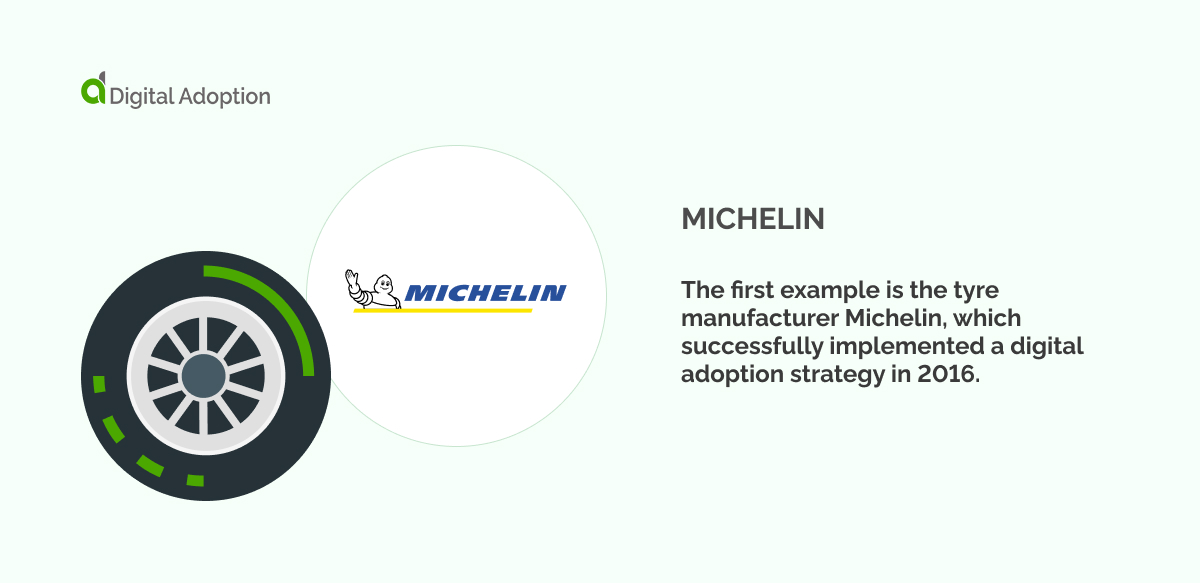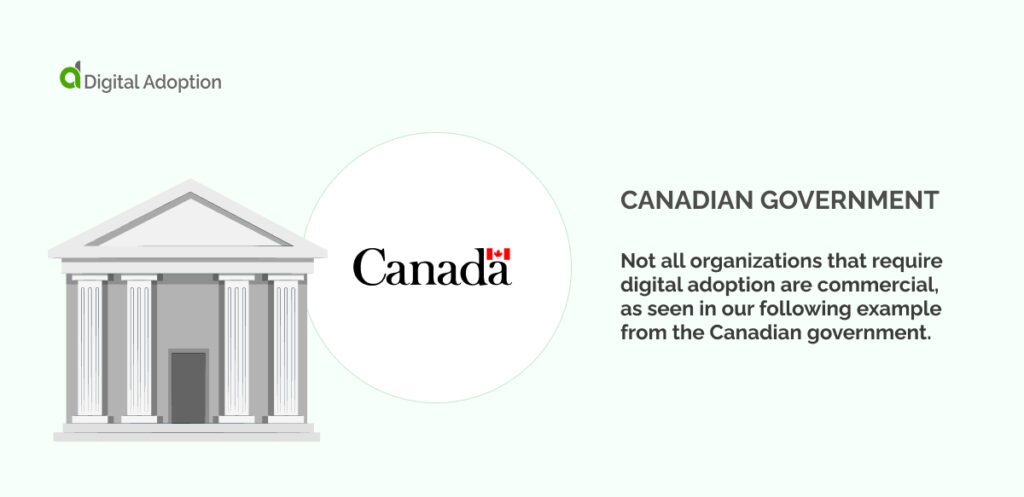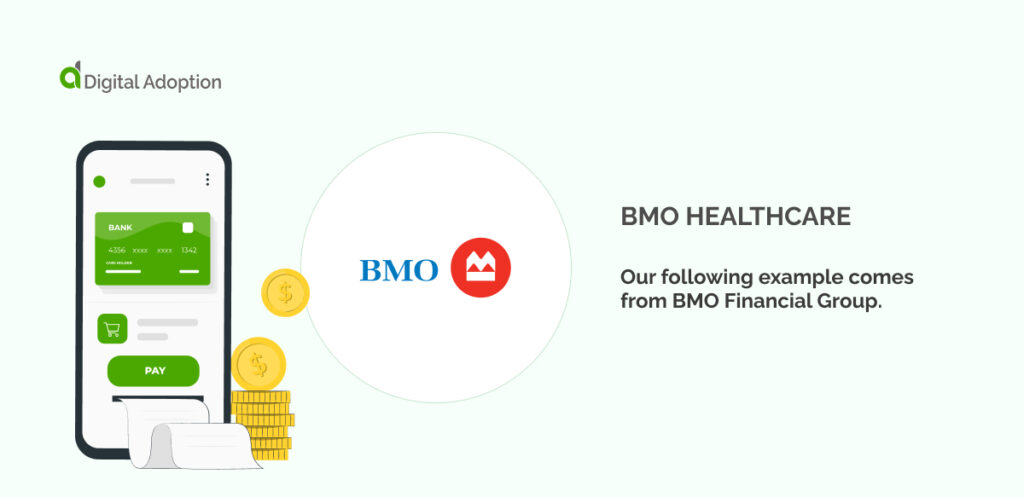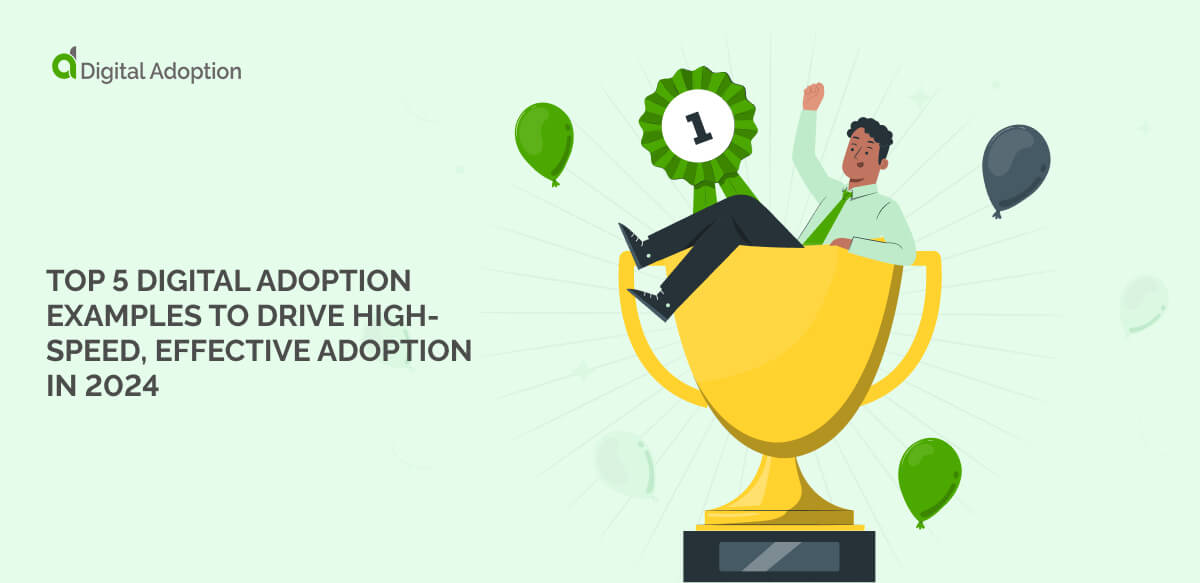Beginning yet another digital adoption? Lacking inspiration? Enthusiasm? New ideas?
You’ve come to the right place.
Here we show you how to increase your chances of achieving a successful digital transformation using digital adoption tools. And because Gartner predicts that global IT spending will grow to USD 4.6 trillion in 2023, optimizing your use of new tech to avoid massive waste is crucial.
We will review five companies that implement digital adoption platforms and show you their problem, solutions, and outcomes so you can drive digital adoption success by learning from other organizations.
This article will discuss five real-life cases where digital tools have been embraced. We’ll start by explaining what digital adoption examples are, and then discuss why they matter. Finally, we’ll showcase the top 5 instances of digital adoption in action.
What are digital adoption examples?
Digital adoption examples show how organizations have successfully taught their staff to use new technologies to streamline workflows, improving business processes and ROI.
Why are examples of digital adoption important?
Looking at digital adoption examples is helpful because it shows different ways to implement digital adoption of new technologies, giving you inspiration and motivation for how to implement your digital adoption successfully and avoid mistakes.
The digital adoption process is challenging as people fear the changes brought by new technology adoption. However, once staff realizes that change can benefit them and their role, the process becomes streamlined, and changes stick in the long term as they see the benefits of digital adoption.
Doing so drives customer success and employee productivity, as seen in the five examples below.
Top 5 Digital Adoption Examples
Let’s look at five digital adoption examples to learn the best ways to implement digital adoption, split into challenges, solutions, and outcomes.
Michelin

The first example is the tyre manufacturer Michelin, which successfully implemented a digital adoption strategy in 2016.
Problem
In 2016, the global tire and mobility company Michelin established three main objectives to tackle specific obstacles:
- Establishing a more customized relationship with customers.
- Creating new business models in alignment with customers’ requirements.
- Modifying the company’s work practices.
Solution
Michelin’s solution was their “Engage” digital transformation program. It helped them to adopt new technologies such as augmented reality, human-machine collaboration (also known as cobotics), artificial intelligence (AI), and connected objects to enable operators to control their machines using a wrist device.
Outcome
These digital adoption initiatives helped the company to promote a digital-first culture, optimizing employee experience through new skills. The organization also included a digital adoption solution training platform and awarded a digital certificate to 150 employees in 2018.
Ulta Beauty

Our following example involves the beauty products company, Ulta Beauty.
Problem
Ulta Beauty, the largest beauty retailer in the US, relies on efficient inventory management to succeed. To achieve this, they invested in a warehouse replenishment system, but despite spending on expensive training and development programs, users still struggled to trust the system’s recommendations.
This situation led to frequent overrides and errors, resulting in excess inventory.
Solution
Ulta Beauty used WalkMe’s Digital Adoption Platform to make onboarding and training more straightforward and personalized. They added in-app help features to the store and warehouse replenishment system by creating a transparent overlay.
Doing so helped guide users through new and unfamiliar tasks at the point of need in real-time. As a result, there were fewer support requests. Almost all users (96.4%), including management, who had access to WalkMe used the technology and saw benefits such as increased productivity, trust, and employee satisfaction.
Outcome
Ulta Beauty anticipates the following benefits:
- 114% ROI from their investment.
- Thousands of SmartTip views and Smart Walk-Thru plays.
- Reduced clicks and navigation time.
- Increased productivity.
- Elimination of third-party-led training.
- Reduced support requirements.
As a result of these benefits, there is greater employee trust in technology, creating a more efficient workplace and a higher chance of staff engagement with future digital transformation projects.
Canadian Government

Not all organizations that require digital adoption are commercial, as seen in our following example from the Canadian government.
Problem
Transport Canada, a government transport branch, is shifting its operations to the cloud. This move has multiple objectives, including balancing the demand and supply of IT services, managing cloud adoption risks, and preparing the IT workforce for cloud technology.
Solution
The Canadian government introduced the Canada Digital Adoption Program in its 2021 Budget to assist Canadian companies in remaining competitive and enhancing growth by implementing digital tools.
The Canadian government plans to offer funding, support, and training to 16,000 small and medium businesses worth USD 2.9 billion.
Outcome
The organization trains its staff on cloud capabilities to build internal expertise and change the organizational culture to engage employees in the initiative.
BMO Healthcare

Our following example comes from BMO Financial Group.
Problem
Bank of Montreal Financial Group (BMO) required a support solution to guide customers through new or updated digital features without needing them to call the support center.
Solution
BMO supported their customers with in-app guidance, making using new or updated features easier and avoiding confusion. The BMO team also used analytics to track how customers used it and made the necessary changes without involving the development team.
Outcome
After implementing WalkMe’s DAP (digital adoption platform), BMO reported:
- A 50% drop in customer support requests.
- A significant reduction in development costs.
These successes allowed BAM to reduce waste, improve employee experience and grow as an organization.
RAM

Courier company RAM had many challenges that they answered with their successful digital adoption.
Problem
When RAM, a hand-to-hand courier company from South Africa, implemented significant changes in their IT systems, they required an effective and efficient DAP. There were thousands of employees to include in the onboarding process.
Solution
Fortunately, they had their software, making creating the product experience easier. However, they still faced a significant challenge. Due to time constraints, personalized training was unavailable, and the estimated employee training process was lengthy.
They quickly developed an entertaining interactive guide featuring their mascot, Sam, who provides on-screen instructions.
Outcome
RAM rose to the top of the market by successfully adopting digital technologies through their digital adoption within this digital transformation initiative.
These examples show the importance of digital adoption to customer success, employee experience, revenue, and growth. Considering how they relate to your industry is helpful, as some will be more relevant than others. However, the challenges and how each organization overcomes them apply to any enterprise.
Use digital adoption examples to strengthen your initiatives
Digital adoption can be a powerful tool to drive effective and high-speed adoption. By assessing your specific objectives, there are various ways of successfully driving digital adoption initiatives. The five examples discussed can provide new inspiration for companies looking to launch their strategies or improve existing ones.
Utilizing these successful digital adoption examples is an optimal way to build vision, commitment, and practical strategies to help drive business success as you become part of the digital adoption revolution in the coming years.









